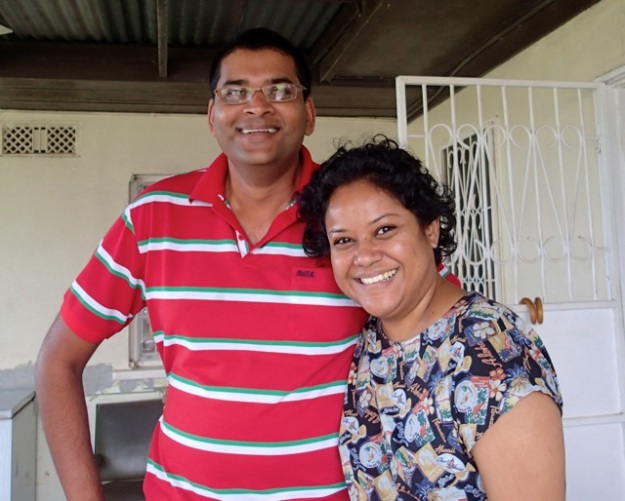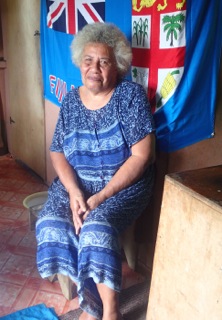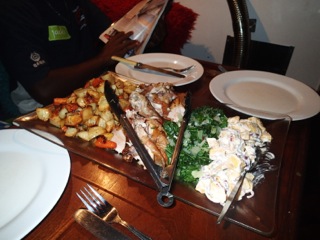Many times I have sat at my table, food ready, waiting for guests to arrive, feeling a little anxious. Doubts shuttle across my mind. Did I say the right time, the right day, put the right address in the email? Candles flicker in the low light of the last of the day’s sun, and the fire struggling to warm the room. I wait.

6.02. Shall I put the oysters out? No, wait till the first guest arrives. Oysters, an expensive rare treat in Wellington, are dirt cheap up this way. I have an entire sack in my freezer. I put them out anyway, and gaze at them nestled in their shells on the platter, garnished with Caviart, bright orange salmon caviar made from seaweed. I sneaked a slippery salty morsel of oyster. I could taste the sea.

I polish the wine glasses just a little bit more, and listen to Dianna Krall’s sexy voice on the stereo. Shall I pour a glass of the chilled chardonnay that has been beckoning me from the fridge for the last half hour? No, no, pace yourself. Ah, no knife on the cheese board. I jump up and fix that. 6.06. Shall I play cards on the computer? Just relax Janet. Not one of my fortes.
6.10. I hear a car in the driveway, then another. I breathe out.
Back soon
Next day
The Hokianga chapter of the cooking club is born! A special connection was formed around my dining table last night in this tiny Hokianga town of Rawene, over on the remote west coast of Northland. My guests arrived with enough curry to feed the entire neighborhood and set to work serving up their dishes. Indian food was the order of the day as it is an easy starting theme.
I am plugging for a degustation format for cooking club meals but that first night we put all the curries out together and allowed the flavours to mingle in our mouths. Rich beef, creamy lentils, spicy potatoes accompanied by pakoras.

Finished off with a not very Indian desert Rumpot, plums that had been soaking for months in rum and sugar. They tasted of summer, their flavours deeply concentrated. I was excited and drank one too many glasses of Chardonnay to remember to take enough photos. Next time.
For me the food wasn’t the crowning glory though. It was the deep sense of connection I felt. I have only been in this town eight months and till now had missed the depth and comfort of close friends. I’ve missed it throughout the last three years at sea. As the evening wore on I looked at these women, noticed their inner beauty (we are mostly over 60 after all) glowing in the candlelight, and felt their love. Research shows that when we share food we produce oxytocin, a feel good hormone, the same one you get from breast feeding and hugging. I felt warm and loved.
We are women on the cusp of the next stages of our lives, most of us having recently arrived to spend it in this place. I like to think that we are wise women, having picked up a few clues in 60 odd years, although God knows there are a few things that I thought I’d get the hang of by now, that I clearly haven’t.

But cooking I have. For those that haven’t trawled back through the archives of this blog, here is a quick bio. In the late 1970’s I was working on a ski resort in Australia. Through a series of events involving too many drugs and a stay in hospital, I arrived back on the mountain desperately needing a job. I took the only one going – cooking for the lift operators of a ski lift company, feeding 20 young men. My mother said she nearly fell over when I called her and told her what I was doing. It seems that I hadn’t shown much interest in cooking as a child.
As it happened I had aptitude (and a whole lot of chutzpah), so back in New Zealand I did London City and Guilds chef training at Otago Polytech, and worked in some of Wellington’s top restaurants. In my early 20’s I set up a catering business that quickly grew into a successful film catering business. Over time my career segued into teaching small business courses, and I went off cooking for a long time with the advent of a child with very limited food preferences, and the day in day outness of cooking for a family. But my passion for food is back, it is my creative outlet, and I turn to it for joy and pleasure.
After dinner everyone was sold on the idea of meeting once a month to share a meal. We discussed countries, themes, chefs, and food styles that we could use. Next stop will be France at Fiona’s and then over to Jules’s in Kerikeri to shop at the market then prepare something together with fresh produce. Maybe that theme will be Masterchef Mystery Box.
Next time I will wax lyrically about the food. Right now I am celebrating writing at all. I lost my writing mojo on a yacht in a remote group of atolls in the northern hemisphere, a story for another day, but for now it is back. Writing and cooking. This creativity feeds my soul. I didn’t realise it was so hungry till just now.





































